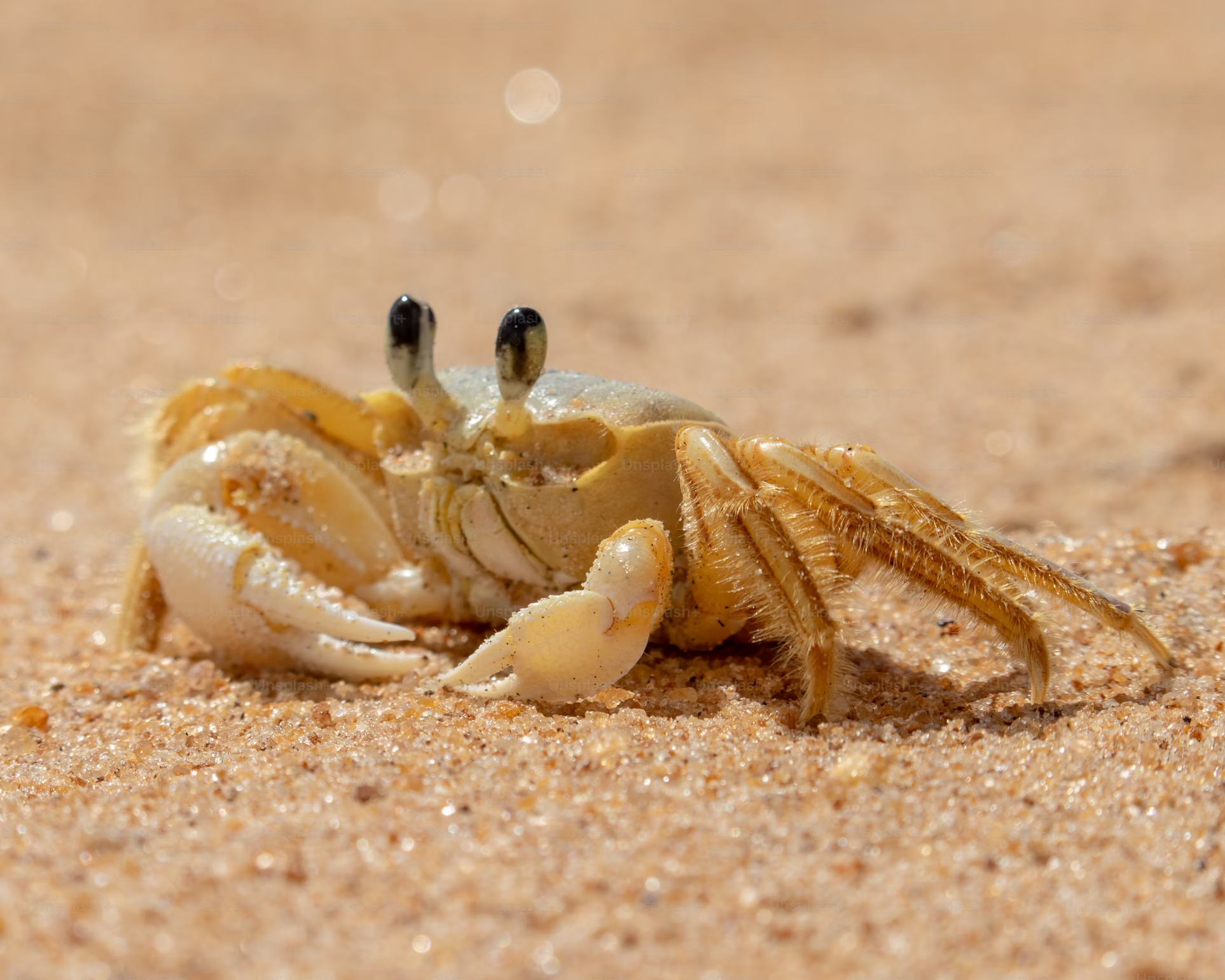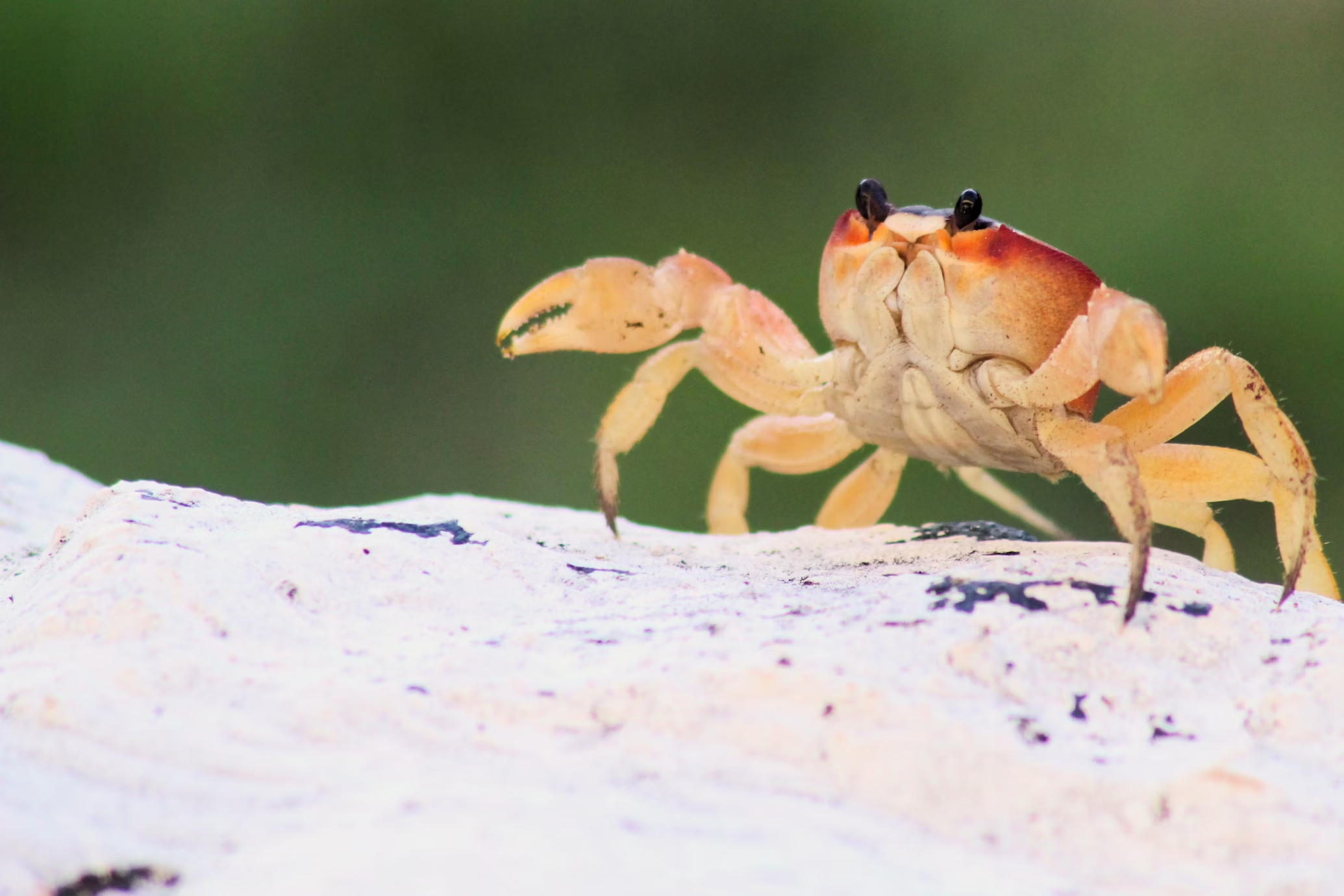
Ever thought about adopting a pet that’s part aquarium dweller, part escape artist, and 100% crustacean? Well, look no further than the wonderful world of pet crabs! These quirky little critters are perfect for anyone looking to add a splash of marine madness to their home. Let’s dive into the charming process of getting and caring for your very own pet crab.
Why Get a Pet Crab?
First off, why would anyone want a pet crab? Here’s why:
- Low Maintenance: Crabs don’t need walks, baths, or bedtime stories.
- Unique Behaviors: They’ve got more moves than your uncle at a wedding.
- Educational: Watching a crab navigate its world is like binge-watching nature’s funniest reality show.
Types of Pet Crabs
Here’s a rundown of the most comical crustacean companions you can find:
- Description: These guys are basically the moving companies of the crab world, always looking for a new shell to call home.
- Care Level: Moderate. Think of them as beach bums who need both sand and surf.
- Description: Fiddler crabs look like they’re perpetually waving hello with one giant claw, making them the friendliest (and most one-sided) conversationalists.
- Care Level: Easy to Moderate. Just give them some brackish water and a stage to show off.
- Description: These fiery little dudes are like the bad boys of the crab world – flashy and full of attitude.
- Care Level: Moderate. They need a semi-aquatic environment, which means they want to swim and sunbathe.
Setting Up Your Crab’s Habitat
Creating a home for your crab is like setting up a beachfront property for a very small, very picky millionaire.
Tank Size and Type
- Size: A 10-gallon tank is the crabs’ version of a studio apartment.
- Type: Glass or acrylic, but make sure there’s a lid. Trust me, crabs love a good jailbreak.
Substrate
- Use a mix of sand and coconut fiber to create a crabby paradise. They’ll love burrowing and making sandcastles.
Water Requirements
- Freshwater Crabs: Dechlorinated water for their drinks and dips.
- Brackish Water Crabs: Mix marine salt with water. Think of it as their version of a margarita.
- Regular water changes are key unless you want your crab to host an algae rave.
Land Area
- They need a dry spot to chill. Rocks, driftwood, or a tiny beach chair will do.
Temperature and Humidity
- Temperature: Keep it between 72°F and 82°F (22.2°C – 27.8°C), like a permanent vacation.
- Humidity: Spray their habitat like you’re misting your face on a hot day – 70-80% humidity.
Decorations and Hiding Spots
- Crabs love hiding spots. Decorate their tank with caves, logs, and plants. It’s like setting up a tiny, luxurious spa.
Feeding Your Pet Crab
Feeding a crab is simpler than you think. They’re like the raccoons of the sea – they’ll eat almost anything.
Commercial Crab Food
- Crab pellets or flakes are like their favorite fast food. Convenient and balanced.
Fresh Food
- Fruits, veggies, and proteins. Serve up spinach, carrots, apples, fish, and shrimp. Avoid processed snacks – even crabs need to watch their figures.
Calcium
- Crabs need calcium to stay hard… literally. Give them cuttlebone or crushed oyster shells.
Handling and Interaction
Crabs aren’t exactly cuddle bugs, but you can still have a blast with them.
Handling
- Handle them gently, like a delicate soufflé. Too much handling and they might pinch – hard.
Observation
- Grab some popcorn and watch your crab do its thing. Trust me, it’s better than most TV shows.
Common Health Issues
Even crabs have their bad days. Here’s what to watch out for:
Shell Problems
- Hermit crabs can be shell divas. Provide a variety of shells – it’s like a crab fashion show.
Molt Issues
- Crabs molt like snakes shed their skin. Ensure they have enough calcium and a private molting suite.
Parasites and Fungal Infections
- Keep their tank clean or risk turning it into a crabby horror movie. If things look off, call the crab doctor (a.k.a. a vet).
Legal and Ethical Considerations
Before you rush to adopt a crab, consider these:
Legal Restrictions
- Check your local pet laws. You don’t want to end up with an illegal crab operation.
- In fact, Ruggies are the only species of hermit crabs permitted for sale in Singapore
Ethical Sourcing
- Get your crabs from reputable sources. No crab wants to be part of an undersea black market.
Here is a video showing off this Youtuber’s pet crab:
Final Thoughts
Getting a pet crab is like bringing a little piece of the ocean into your home – with the added bonus of hilarious antics. With proper care, your crab will be the highlight of your household. Just remember: crabs might not fetch your slippers, but they’ll definitely pinch your heart.
So go ahead, get yourself a pet crab. Just be ready for a shell of a good time!

Werner is an avid pet lover. Despite his love for pets, the only experience he has regarding animals is Animal Crossing on the Nintendo Switch.
“Animals are cute and we should protect them.”
Share this:
- Click to share on WhatsApp (Opens in new window) WhatsApp
- Click to share on Facebook (Opens in new window) Facebook
- Click to share on LinkedIn (Opens in new window) LinkedIn
- Click to share on Pinterest (Opens in new window) Pinterest
- Click to share on Tumblr (Opens in new window) Tumblr
- Click to share on X (Opens in new window) X
- Click to share on Reddit (Opens in new window) Reddit
- Click to share on Telegram (Opens in new window) Telegram
- Click to email a link to a friend (Opens in new window) Email
- Click to print (Opens in new window) Print
































